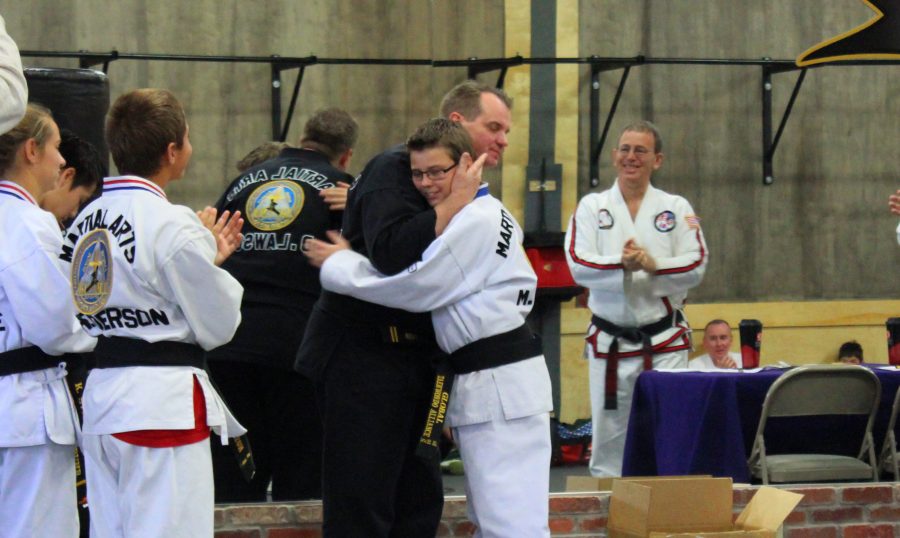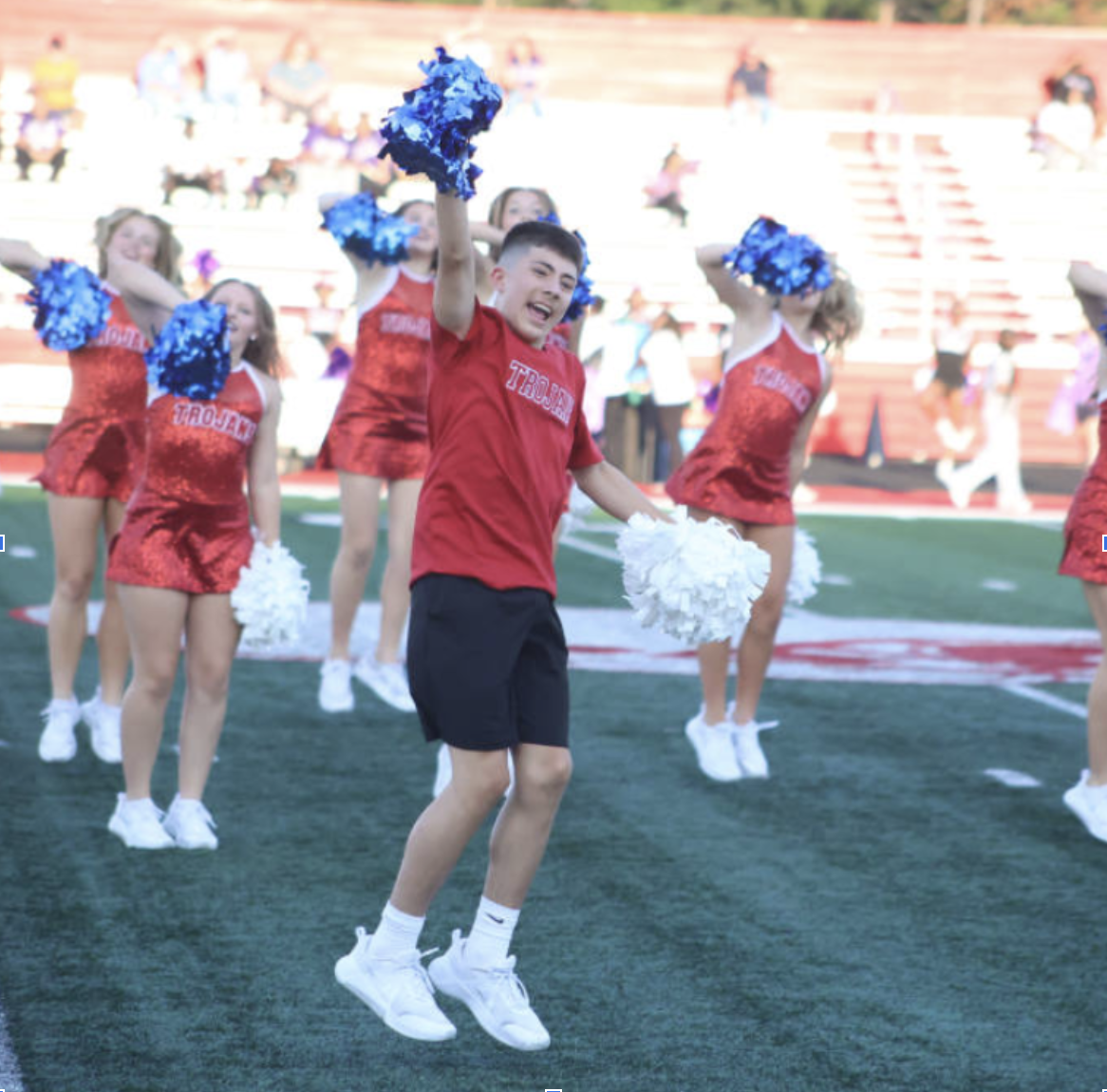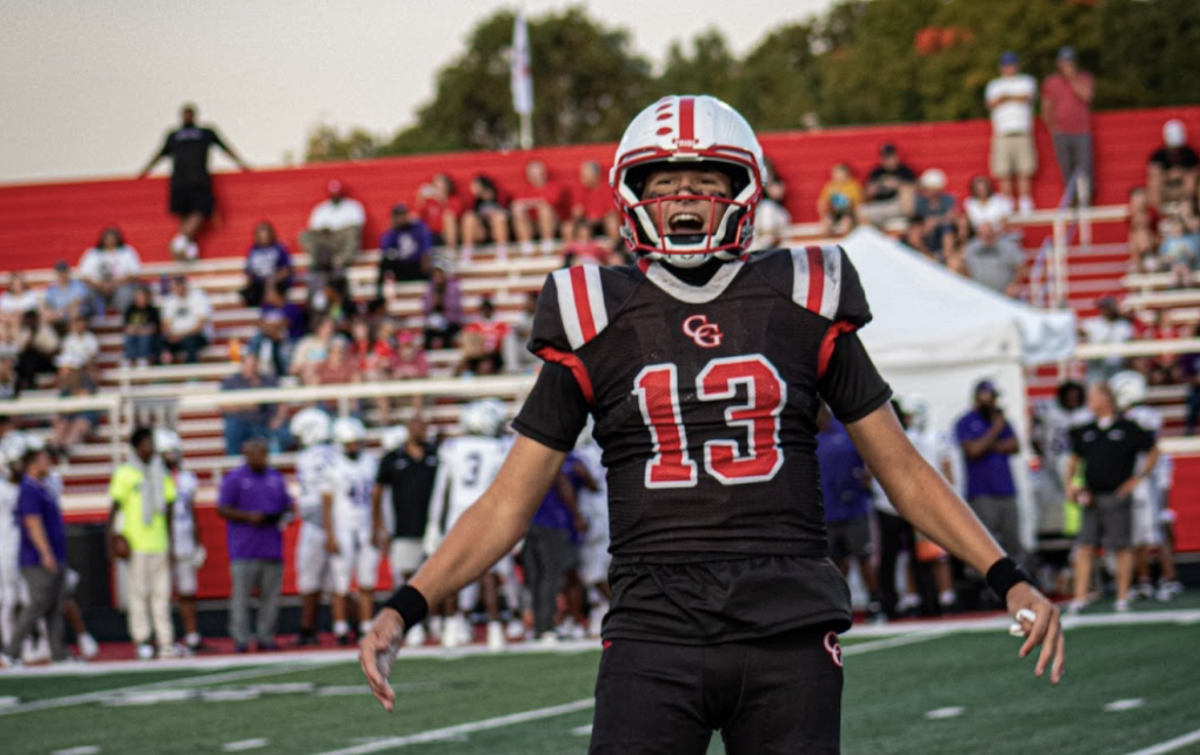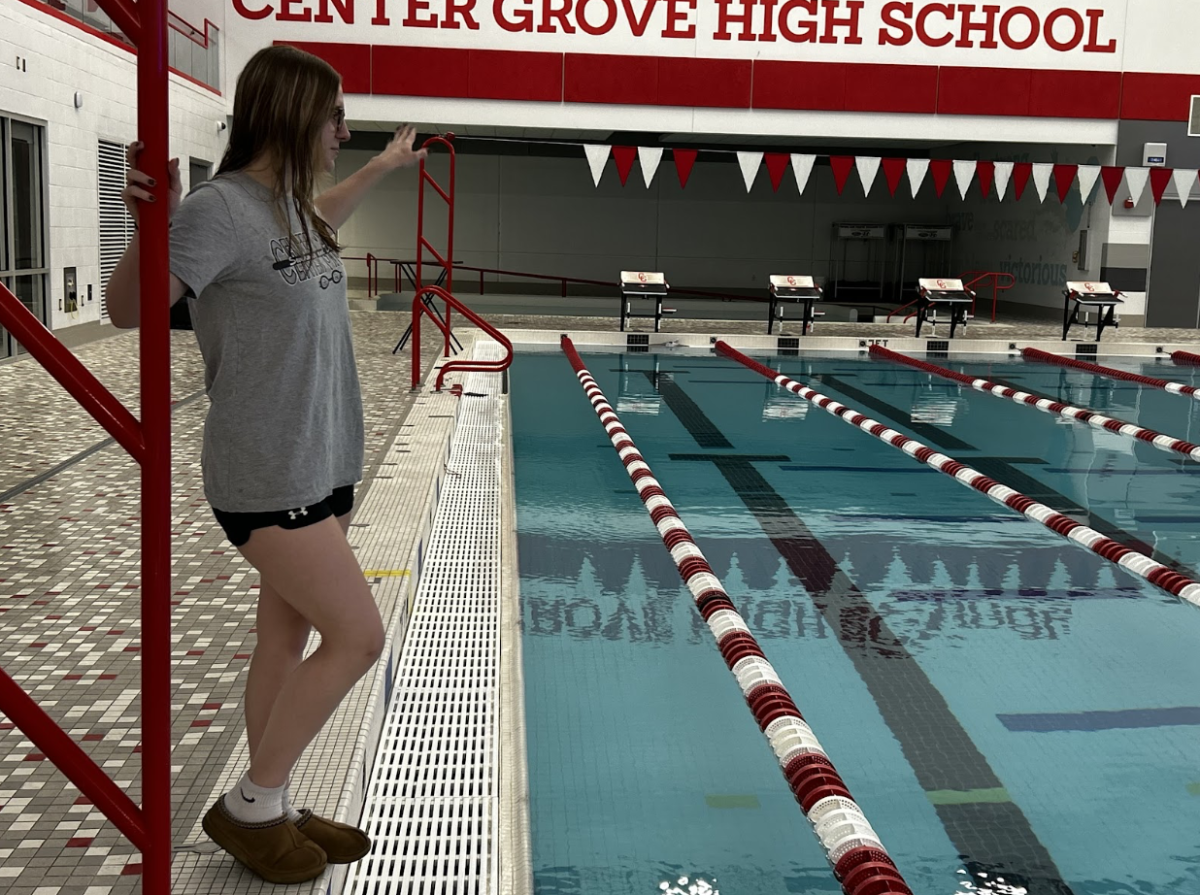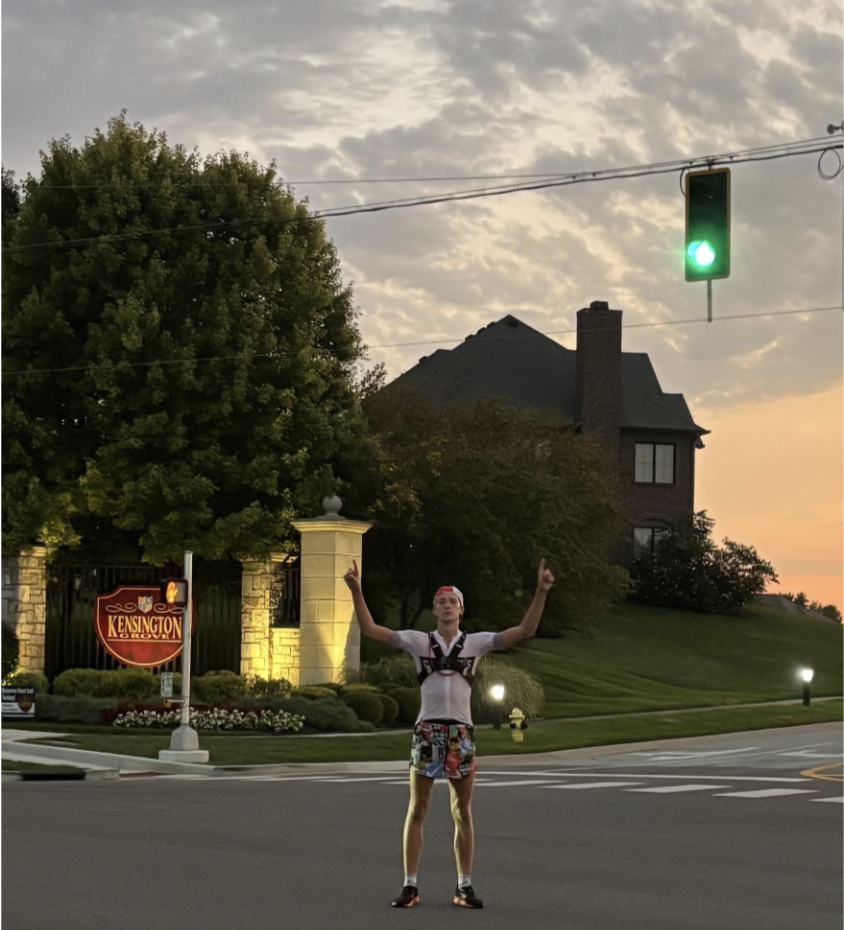Written by: Dex Keizers
David Lawson is no ordinary English teacher. Not only because he earned his black belt, but also because he co-owned a martial arts studio.
Lawson signed his oldest son up for taekwondo lessons when he was six. After a few times of bringing his son, his son’s teacher asked Lawson to join him on the mat and follow along with the classes. That day led to ten years of taekwondo practice and over three years of teaching the art.
Lawson started his taekwondo career back in 2003.
“It took me five years to earn my black belt, and another two years to obtain the 2nd degree,” Lawson said.
Shortly after, the owner of the business decided to give up the place. Lawson, together with a friend of his, chose to take over the school and become the owners. During this time, Lawson earned his 2nd degree black belt.
“Everyone starts off in the beginning with a white belt,” Lawson said, “which is part of the lower class of belts. Every time you wish to advance to a higher ranked belt you have to complete promotion tests to prove that you have the needed knowledge and skill to obtain that belt.”
Lawson explained that promotion tests vary from school to school, but they include such elements as the execution of different patterns, which combine various techniques in specific sequences; the breaking of boards to demonstrate the ability to use techniques with both power and control; sparring and self-defense to demonstrate the practical application and control of techniques; physical fitness usually with push-ups and sit-ups and answering questions on terminology, concepts, and history to demonstrate knowledge and understanding of the art. To obtain senior ranks, or so-called dan‘s, students are sometimes required to take a written test or submit a research paper in addition to taking the practical test.
Lawson said, “For my school, I had to do some community service, be blind for 24 hours and be mute for 24 hours.”
Lawson applies much of what he has learned in his years of experience on the mat to his teaching now.
“Martial arts has changed my teaching. In the martial arts world, martial arts students have very specific goals and they work for them,” Lawson said. “Sometimes here in school students don’t know why they are doing what they are doing. Being a martial arts student or teacher you have to be very deliberate about knowing what the goals are and making that very clear to students. That really had an impact in what I do in the classroom.
Lawson paused. He continued, “I think there is a certain expectation of failure, too, at the martial arts school. But the expectation of failure is embraced: if you fail that just means you are just not ready to move on to the next level, and we regularly had kids tasked who didn’t make it to the next level, and they knew they had to work harder to move on. Students in public schools certainly don’t get that. Here the expectation is to pass, but I think it made for more productive learning if they knew they just weren’t ready to move on, and that is one thing I wish I could change around here.”
In the past, Lawson had a multitude of taekwondo skills, some of which he still possesses today.
“Real martial arts requires consistent training and effort,” Lawson said. “When you get off the mat your muscles get tense, you gain a little weight. I was a weapons instructor too, I taught single stick, double stick, single nunchaku, double nunchacku. A lot of that is muscle memory and I could probably still do that today, but the more intricate kicks like a normal spin kick and jump spin kick require consistent practice, so I am a little too rusty for those.”
Lawson might be rusty in the details of his martial arts form, but he continues to sharpen the skills he learned on the mat each day in his classroom.


